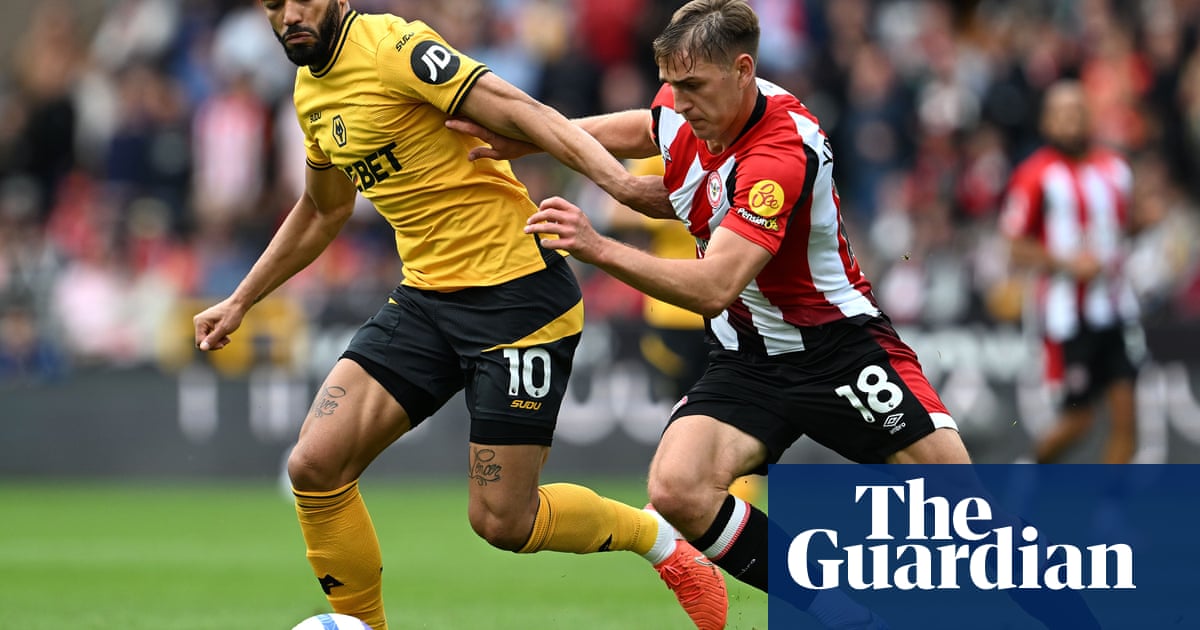The recent news about Manchester United's imminent signing of Matheus Cunha from Wolverhampton Wanderers reveals multiple layers of implications and narratives within the football community. The report highlights a significant transfer, which is part of broader strategies being adopted by clubs as they prepare for the upcoming season.
Financial Arrangements and Club Strategies
Manchester United's decision to trigger Cunha’s £62.5 million release clause and split the payment into three installments reflects a strategic financial approach. The rejection of a longer payment plan by Wolves indicates a strong stance from the selling club, emphasizing the importance of immediate financial stability over prolonged negotiations. This tactic may suggest that Wolves are prioritizing a return to competitiveness after a season marked by struggles, reinforcing the need for financial discipline in the transfer market.
Player Performance and Expectations
Cunha's performance, scoring 15 goals in a season that saw Wolves avoid relegation, is a focal point of the article. His successful stint at Wolves may be presented as a justification for United's investment, signaling to fans and analysts that the club is betting on a proven talent. Furthermore, the mention of other potential signings, such as Liam Delap, indicates United's ambition to revamp their squad, which can create optimism among supporters.
Market Dynamics and Rivalry
The report subtly highlights the competitive nature of the transfer market, especially with references to other clubs interested in Cunha, like Arsenal and Aston Villa. This not only enhances the player's perceived value but also underscores the ongoing rivalry among Premier League clubs to secure top talents. The dynamics of player interest and contract negotiations contribute to a narrative that emphasizes urgency and competition, which can influence public perception and expectations.
Implications for Other Players
The mention of Alejandro Garnacho and the potential sale of other players like Marcus Rashford and Antony reflects Manchester United's broader strategy to balance its squad while potentially generating funds. This could lead to substantial changes in the team's composition, which may foster excitement or concern among fans depending on the market outcomes.
Public Perception and Media Influence
The article seems to aim at creating a narrative of optimism surrounding Manchester United's future, potentially to counteract previous disappointments. By focusing on a high-profile signing and expressing confidence in Cunha's impact, the media can shape public perception positively, influencing how fans and analysts view the club's trajectory.
The report does not appear to hide any significant negative information; rather, it is structured to convey a sense of forward momentum for Manchester United. However, the emphasis on financial arrangements could also raise questions among supporters about the club's overall financial health and long-term strategy.
In conclusion, while the report largely presents a straightforward account of the transfer, it also serves to promote Manchester United's ambitions and strategies for the upcoming season. The reliability of the article is grounded in its factual basis regarding player performance and transfer dynamics, although the framing may reflect a particular narrative bias aimed at fostering positive sentiment.
